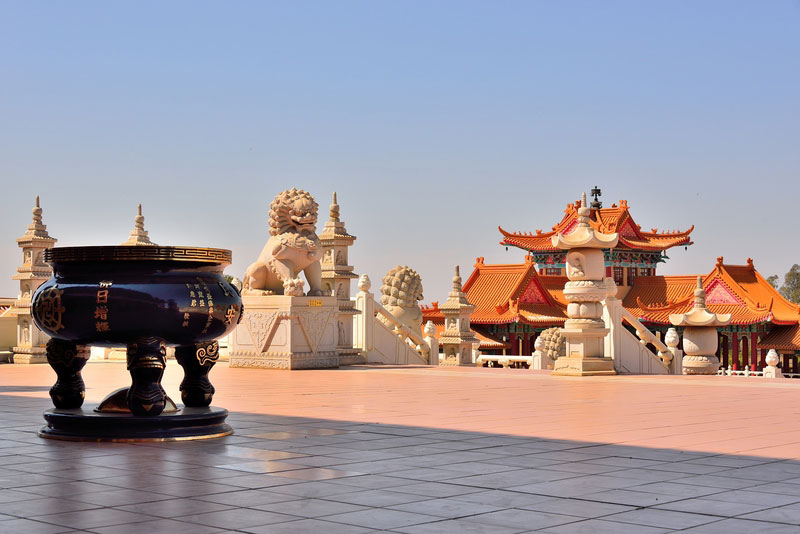The Of Johannesburg North Attractions
The Of Johannesburg North Attractions
Blog Article
Johannesburg North Attractions Things To Know Before You Buy
Table of ContentsSome Ideas on Johannesburg North Attractions You Need To KnowThe smart Trick of Johannesburg North Attractions That Nobody is DiscussingHow Johannesburg North Attractions can Save You Time, Stress, and Money.Johannesburg North Attractions Can Be Fun For EveryoneRumored Buzz on Johannesburg North AttractionsThe smart Trick of Johannesburg North Attractions That Nobody is DiscussingA Biased View of Johannesburg North Attractions
You should maintain safety in mind and vacationers should remain alert at all times when in unknown environments. Talk to the citizens when you are in community to discover out concerning the location you are remaining in. Johannesburg North attractions. When on the road (this does not relate to mall and other protected atmospheres) ideal basic guidance is to attempt your ideal to appear like a local and to avoid displaying any kind of type of wealth
Our Johannesburg North Attractions Diaries
Teacher Revil Mason O. J. (Thomson, 1946) discovered the Witwatersrand's pre-colonial background. His historical job blew up the 'em pty land' misconception, according to which the area was empty of human habitation before the arrival of European settlers. In his publications Prehistory of the Transvaal: A Record of Human Activity (1962) and Beginnings of Black People of Johannesburg and the Southern Western Central Transvaal Advertisement 3501880 (1986 ), Teacher Mason demonstrated the extent of social and economic development in the area before Europeans set foot right here.

The Johannesburg North Attractions Ideas
In 1878, David Wardrop located gold in quartz capillaries at Zwartkop, north of Krugersdorp. In 1881, Stephanus Minnaar came across gold on the farm Kromdraai, near the Cradle of Humankind.
In March 1886, a protrusion (quickly to be called the Key Reef) was discovered, fairly fortunately, on Gerhardus Oosthuizen's farm Langlaagte. Some state that the Lancastrian coal miner George Pedestrian discovered this reef. One more travelling English miner, George Harrison (who had actually formerly worked in Australian mines) obtained a prospecting permit in respect of Langlaagte in May 1886.
He determined to proceed in a quest for greener fields, and disposed of his Langlaagte case for the handsome amount of 10. Alas: under lay the wealthiest goldfield ever found. The discovery of this rich auriferous reef prompted a gold rush that signalled the end of agrarian tranquillity in the southern Transvaal.
It would certainly, within six years, come to be the biggest community in southerly Africa. Within a decade, it would make the Z. A. R. till after that an anarchical and bankrupt little state the richest nation in Africa. By the millenium, the Z. view publisher site A. R. was to surpass Russia, Australia and the United States of America to become why not try this out the world's leading gold producer, creating more than a quarter of the world's gold.
The Buzz on Johannesburg North Attractions
It was referred to as Ferreira's Camp, called after Colonel Ignatius Ferreira. He was a Boer traveler upon whom the British authorities had bestowed the condition of Companion of the A Lot Of Identified Order of St Michael and St George (entitling him to the post-nominal letters C. M. G.) in gratefulness for his function in the war that had deposed the Pedi king Sekhukhune in 1879.
Soon the camp was bursting with camping tents and wagons as newcomers got here daily from much and wide. By September 1886, some 400 individuals resided in Ferreira's Camp, which soon flaunted prefabricated iron and wood structures. Two various other camps were developed: Meyer's Camp on the farm Doornfontein, and Paarl Camp. The latter was nicknamed Afrikander Camp; many individuals from the Cape Swarm worked out there.

Our Johannesburg North Attractions Diaries
This name gained currency by go to my blog word of mouth, such that the State Assistant affirmed the name to the Mining Commissioner on 9 October 1886. Stands in the town were auctioned on 8 December 1886. While some stands were offered for 10, others were torn down for as low as sixpence.
Two years later, these erven were to alter hands for as high as 750 each. The tented camps dwindled as a dorp of corrugated iron buildings created and expanded north of the mines located along the Key Coral Reef Roadway. Areas such as Jeppe's Town (where working-class immigrants erected their houses) and Doornfontein (where the affluent new 'Randlords' started to create their extravagant residences) were quickly added to the ever-expanding map of the community.
Some Known Factual Statements About Johannesburg North Attractions
Apart from the road names, there were no indicators of Johannesburg being positioned in a Dutch-speaking nation., almost every person spoke English and even the Federal government servants dealt with one in English, unless they were first attended to in the Taal (or Low Dutch)'.
As such, Britain had an interest in guaranteeing ideal problems for gold production on the Witwatersrand, which the gold was exported to London instead of Berlin a crucial provided all the extra clamant by the Z. A. R - Johannesburg North attractions.'s enhancing toenadering with Germany. Mine owners were on an accident course with Head of state Kruger, whose policy of monopolistic giving ins (frequently approved to his cronies) avoided mining firms from acquiring products of products (particularly dynamite) and labour on their very own, more affordable terms
Excitement About Johannesburg North Attractions
In 1890, the Volksraad had limited the franchise business to white men who had actually lived in the Z. A. R. for fourteen years or longer, therefore disqualifying most of the immigrants (who took place to be the major factors to the fiscus). Anxiety for the vote was a plain pretense for promoting a various agenda; a lot of uitlanders regarded themselves as momentary site visitors and had no purpose of continuing to be in the Z.
Report this page